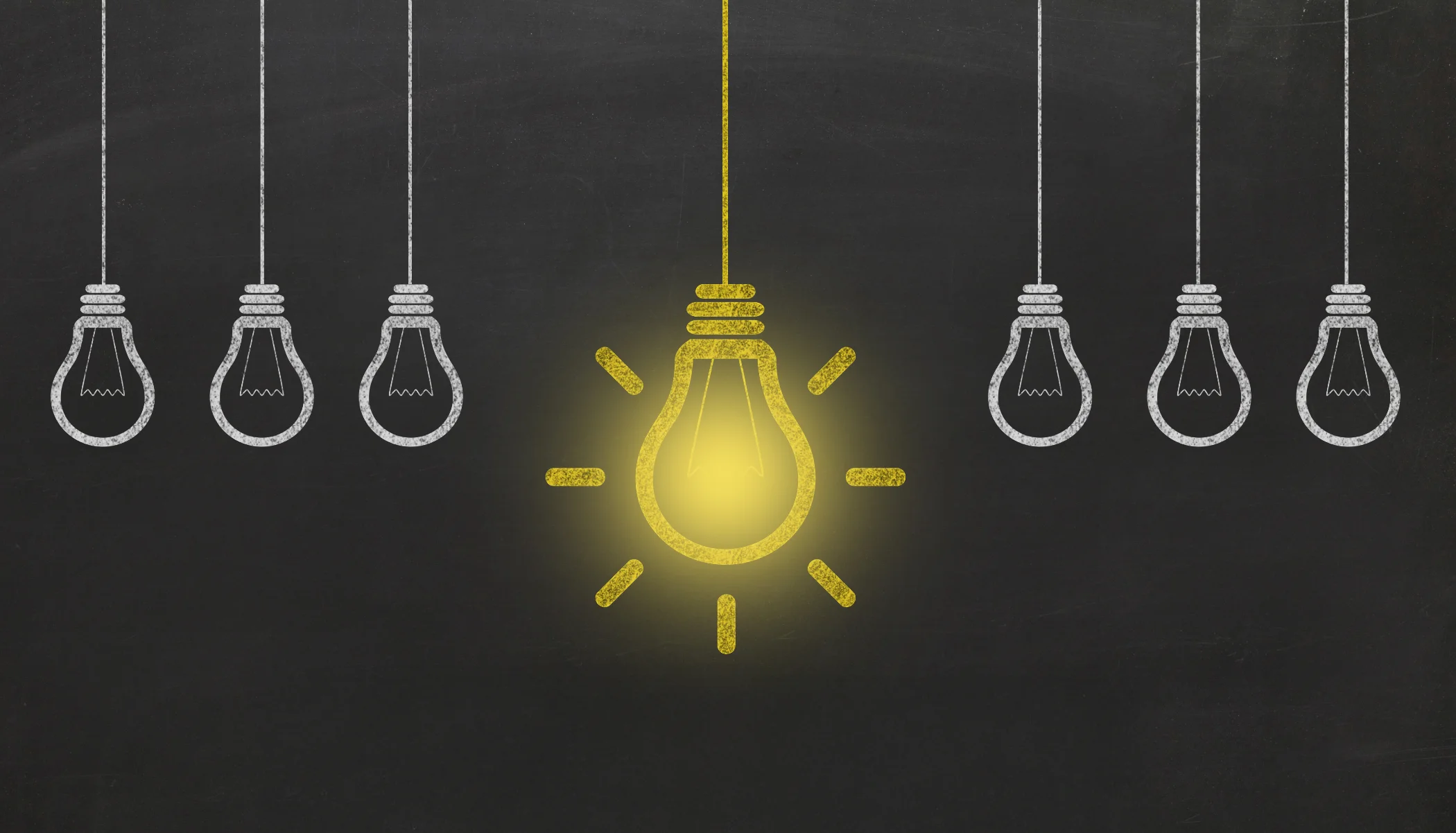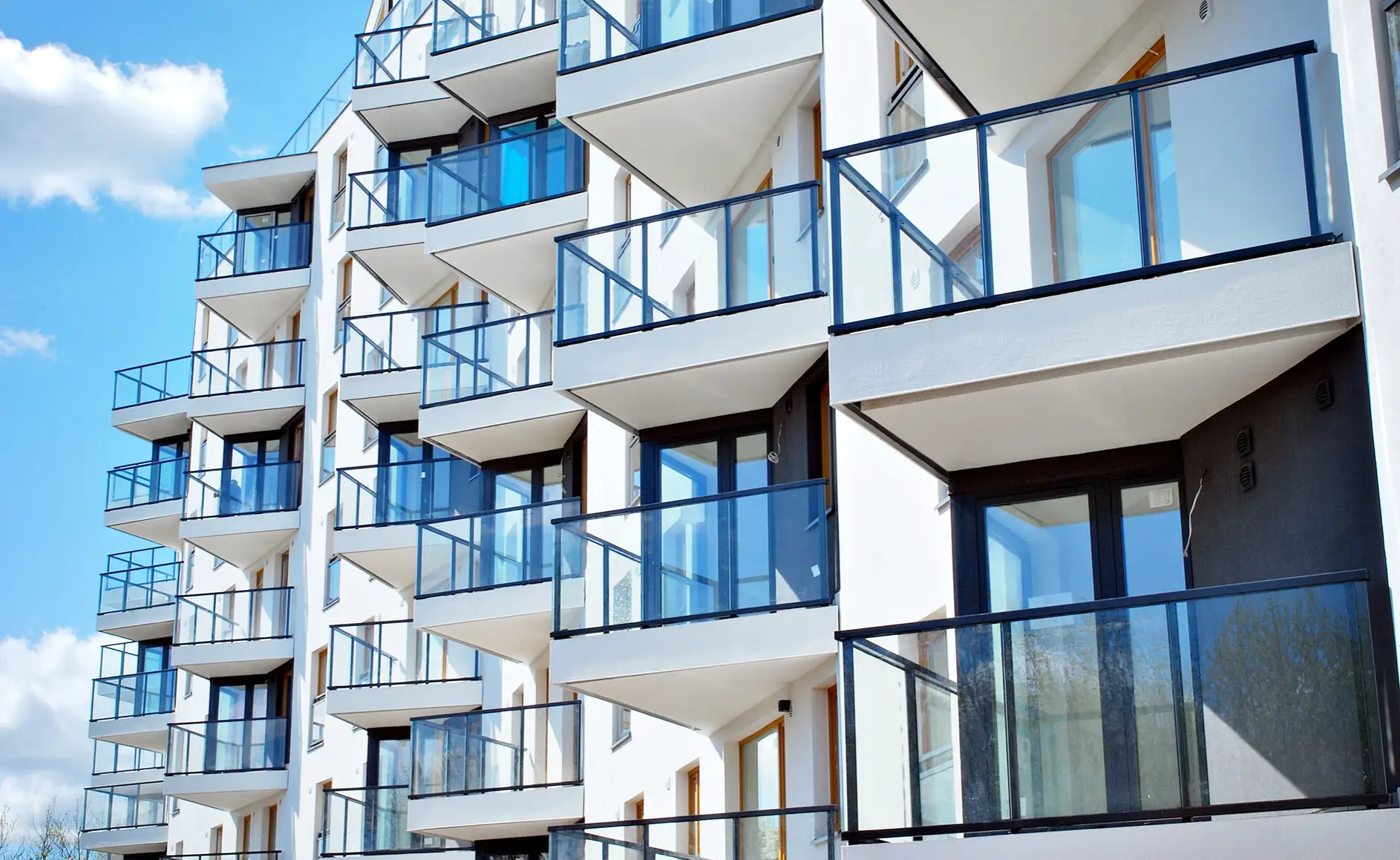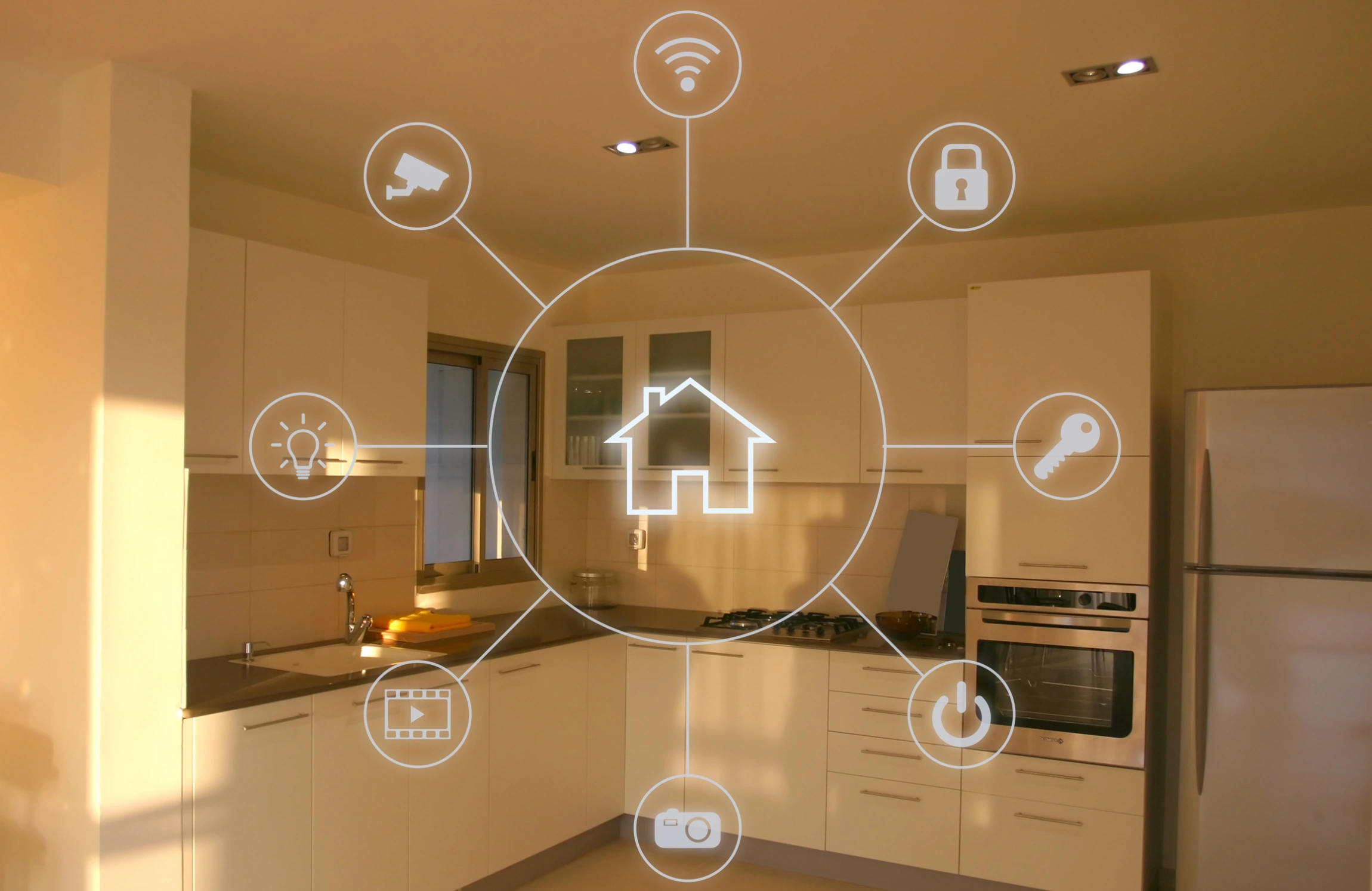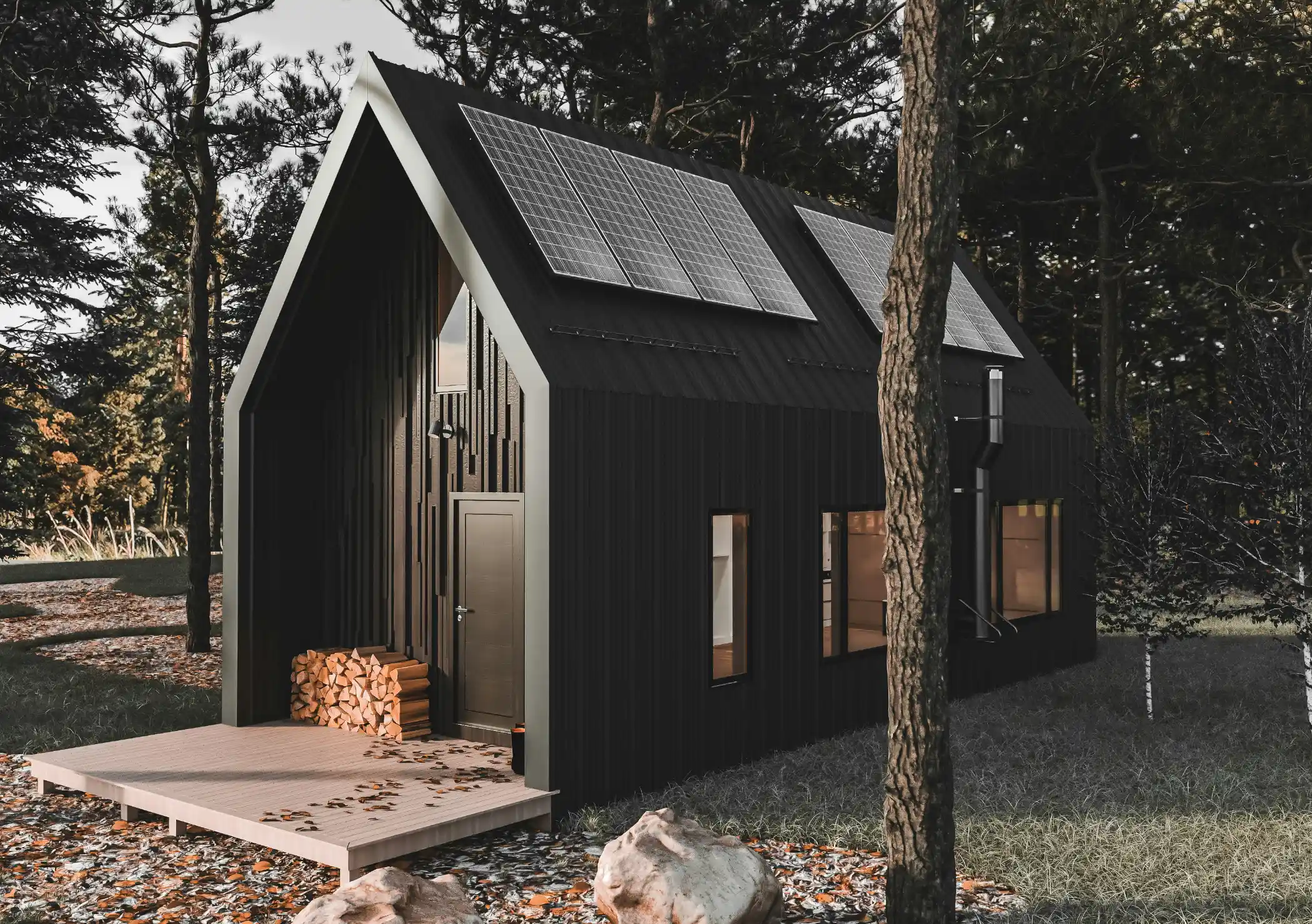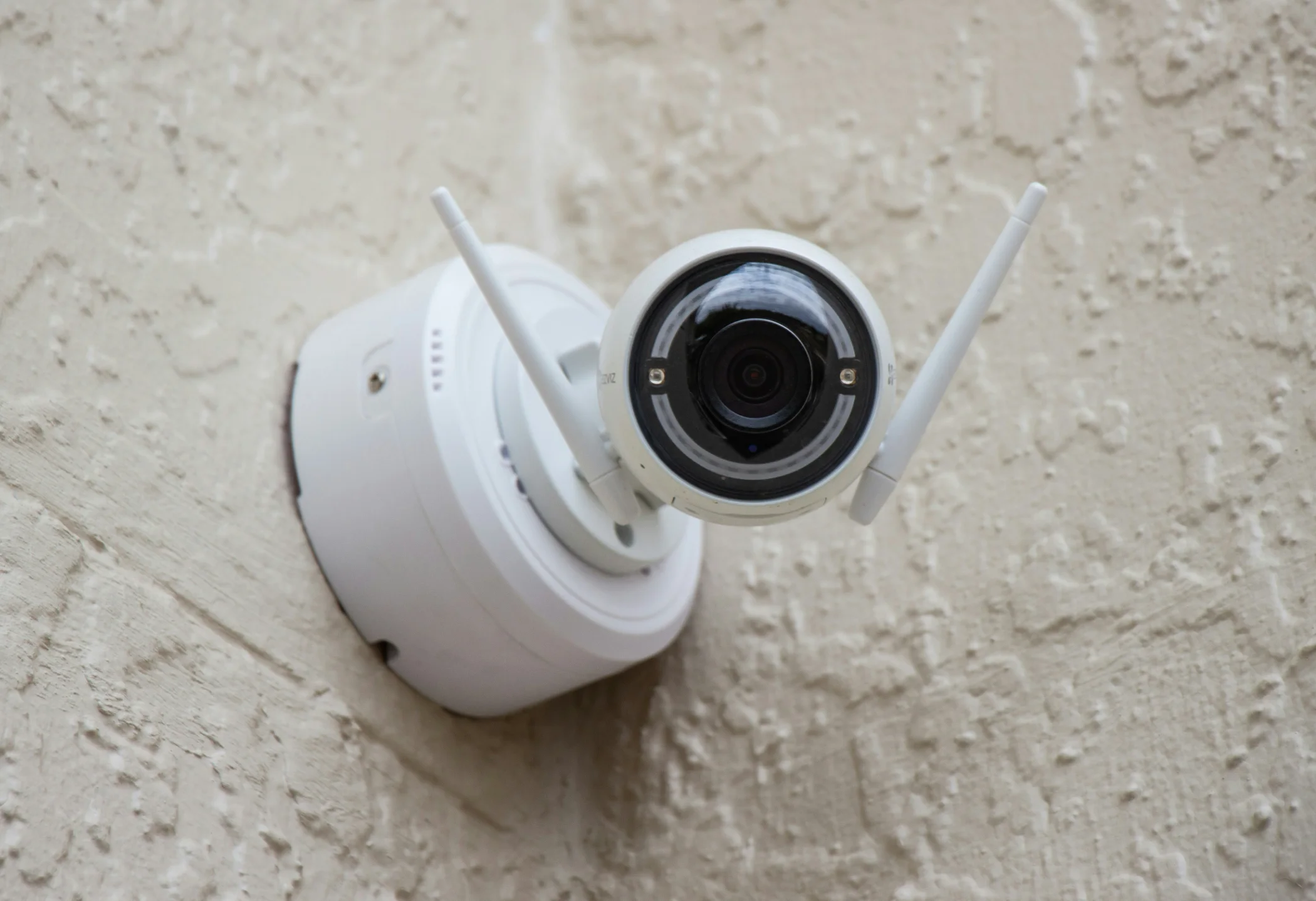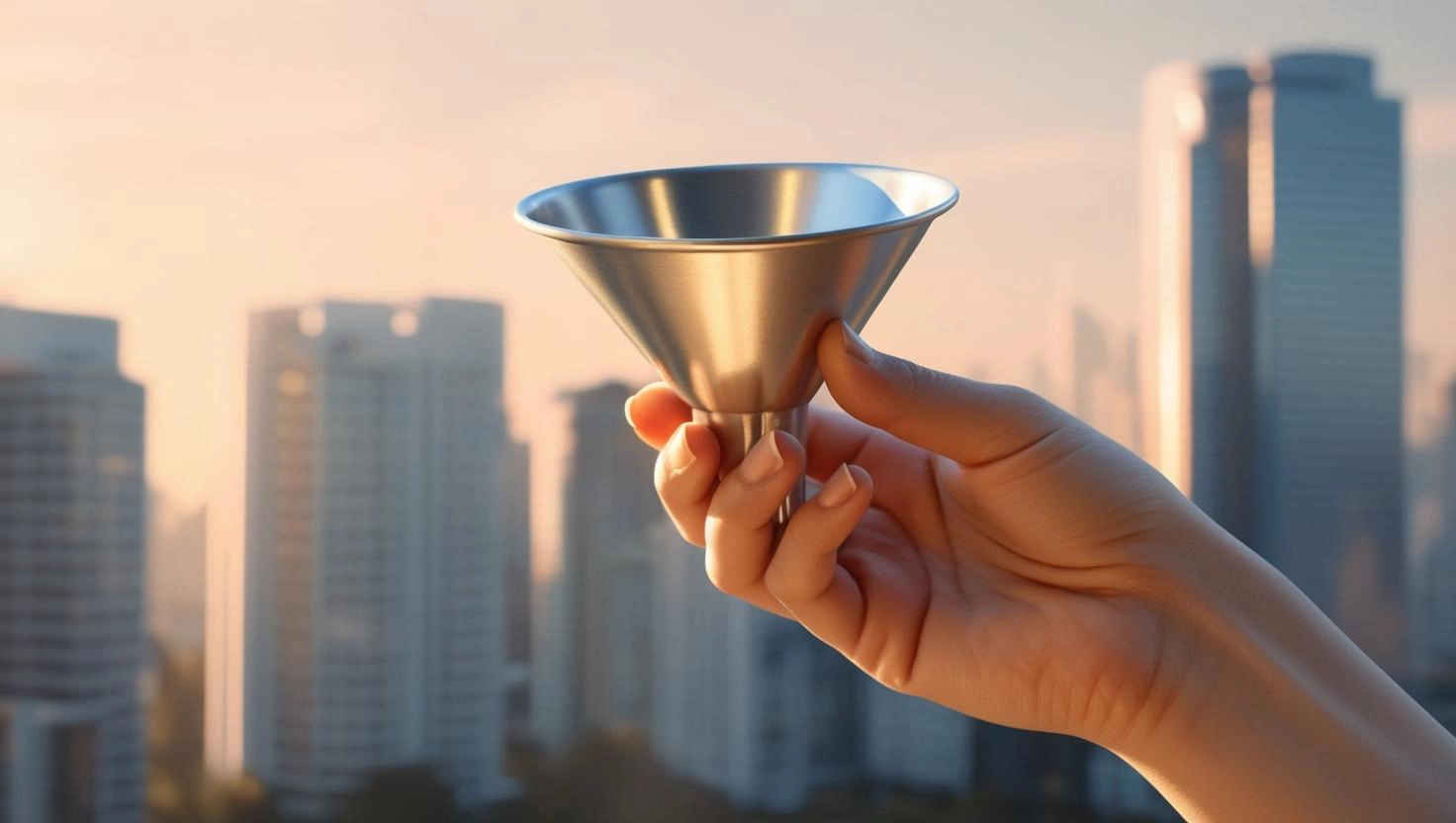
As we look ahead to 2025, property technology (PropTech) continues to revolutionize the real estate industry. Companies are refining their marketing strategies to stay competitive in this dynamic landscape. One publication leading the charge is Property Technology Magazine, which champions an innovative eight-stage sales optimized funnel. This model goes beyond the traditional three-stage funnel, offering a granular approach to guide potential customers through their buying journey.
In this article, we’ll explore the differences between the traditional and eight-stage funnels, delve into the significance of each stage, and provide statistical insights on content distribution to help you optimize your marketing efforts.
The Traditional Three-Stage Marketing Funnel
The classic marketing funnel consists of three stages:-
- Awareness
- Consideration
- Purchase
This model has been the foundation of marketing strategies for decades. Typically, content distribution across these stages is allocated as follows:
- Awareness 50%
- Consideration 30%
- Purchase 20%
[Source: Content Marketing Institute, 2022]
Content Distribution at a 100%
Awareness (50%)
At this stage, the goal is to attract a broad audience. Content focuses on brand recognition and reaching as many potential customers as possible.
Consideration (30%)
Here, the audience is already aware of your brand and is evaluating options. Content aims to inform and persuade, highlighting features and benefits.
Purchase (20%)
The final stage targets those ready to make a decision. Content includes calls-to-action, special offers, and direct communication to encourage conversion.
Introducing the Eight-Stage Sales Optimized Funnel
Property Technology Magazine champions a refined approach with eight distinct stages, enabling marketers to craft tailored strategies that address specific needs at every step of the customer journey. Discover how our approach is distributed across each stage with precision and purpose.[Source: MarketingSherpa, 2023]
- Awareness 25%
- Interest 15%
- Consideration 15%
- Intent 10%
- Evaluation 10%
- Purchase 10%
- Retention 10%
- Advocacy 5%
Content Distribution at a 100%
Awareness (25%)
Focus on reaching a wide audience to build brand recognition. Use broad-reaching content like blog posts, social media updates, and press releases.
Interest (15%)
Engage the audience by sparking curiosity. Offer insightful articles, infographics, and introductory webinars.
Consideration (15%)
Provide detailed information about your solutions. Share whitepapers, case studies, and product comparison guides.
Intent (10%)
Identify potential customers showing purchase intent. Use targeted emails and personalized content to nurture leads.
Evaluation (10%)
Assist prospects in assessing your offerings. Offer demos, free trials, and detailed product specs.
Purchase (10%)
Encourage final conversion with strong calls-to-action, special offers, and seamless purchasing processes.
Retention (10%)
Focus on keeping customers engaged post-purchase. Provide excellent customer service, updates, and exclusive content.
Advocacy (5%)
Leverage satisfied customers to promote your brand. Encourage reviews, testimonials, and referrals.
Why the Eight-Stage Funnel Matters in Property Technology
The PropTech industry involves significant investments and long-term commitments. Building trust and fostering relationships are paramount. The extended funnel acknowledges that the customer journey doesn’t end at purchase; retention and advocacy are crucial for sustained growth.
Retention ensures ongoing engagement, reducing churn rates. Advocacy turns customers into brand ambassadors, amplifying your reach through word-of-mouth—a powerful tool in B2B marketing.
Strategies for Each Stage of the Funnel
Awareness (25%)
- Content Types: Blog posts, social media campaigns, press releases.
- Goals: Increase brand visibility and reach a broad audience.
- Example: Publish articles on emerging PropTech trends to position your company as an industry leader.
Interest (15%)
- Content Types: Educational webinars, infographics, introductory videos.
- Goals: Engage the audience and pique their curiosity.
- Example: Host webinars on how PropTech solutions can solve common industry challenges.
Consideration (15%)
- Content Types: Whitepapers, detailed guides, case studies.
- Goals: Provide in-depth information to help prospects evaluate options.
- Example: Share case studies showcasing successful implementations of your solutions.
Intent (10%)
- Content Types: Personalized emails, targeted ads, retargeting campaigns.
- Goals: Nurture leads showing intent to purchase.
- Example: Send personalized email campaigns highlighting how your solution meets specific client needs.
Evaluation (10%)
- Content Types: Product demos, free trials, detailed FAQs.
- Goals: Assist prospects in assessing your offerings thoroughly.
- Example: Offer free trials or demos to let potential customers experience your product firsthand.
Purchase (10%)
- Content Types: Special offers, onboarding materials, direct sales outreach.
- Goals: Facilitate the final conversion.
- Example: Provide limited-time discounts or seamless onboarding processes to encourage purchase.
Retention (10%)
- Content Types: Customer newsletters, exclusive content, loyalty programs.
- Goals: Maintain engagement and satisfaction post-purchase.
- Example: Create a customer portal with exclusive resources and updates.
Advocacy (5%)
- Content Types: Referral programs, testimonial requests, community forums.
- Goals: Turn satisfied customers into brand advocates.
- Example: Encourage customers to participate in testimonial videos or referral incentive programs.
The Role of Data in Optimizing the Funnel
Data analytics is crucial for the success of the eight-stage funnel. By tracking key performance indicators (KPIs) at each stage, you can:- Identify Effective Content: Determine which topics and formats resonate with your audience.
- Optimize Strategies: Adjust tactics based on engagement metrics and conversion rates.
- Personalize Marketing Efforts: Use data to tailor content to individual customer preferences.
Tools for Data Analysis:
- Google Analytics: Track website engagement and conversions.
- Customer Relationship Management (CRM) Systems: Monitor interactions and manage leads.
- Marketing Automation Platforms: Analyze campaign performance and automate nurturing processes.
[Source: HubSpot, 2023]
How Companies Can Leverage the Eight-Stage Funnel
Data analytics is crucial for the success of the eight-stage funnel. By tracking key performance indicators (KPIs) at each stage, you can:- Identify Your Audience’s Stage Determine where your target audience is within the funnel. Use data and market research to understand their needs and pain points.
- Tailor Your Content Strategy Develop content specific to each stage. Ensure it addresses the challenges and questions prospects have at that point in their journey.
- Utilize the Right Channels Distribute content through channels that your target audience frequents. For example, use LinkedIn for professional audiences or industry-specific forums.
- Engage in Continuous Optimization Regularly review your data to refine strategies. Be prepared to adapt to changing market trends and customer behaviors.
- Focus on Retention and Advocacy Don’t overlook post-purchase stages. Invest in customer success initiatives and create opportunities for customers to share their positive experiences.
Conclusion
The eight-stage sales optimized funnel offers a comprehensive framework for PropTech companies to enhance their marketing strategies in 2025. By allocating resources effectively across each stage and leveraging data-driven insights, businesses can build stronger relationships, increase conversions, and foster long-term growth. Embracing this model requires a commitment to understanding your customers deeply and providing value at every touchpoint. As the PropTech industry continues to evolve, those who adopt innovative approaches like the eight-stage funnel will be well-positioned to lead the market.Stay ahead in the dynamic world of property technology by integrating the eight-stage sales funnel into your marketing plan. By doing so, you’ll not only attract and convert customers but also retain them and turn them into advocates for your brand.
References:
- Content Marketing Institute. (2022). B2B Content Marketing Benchmarks, Budgets, and Trends.
- MarketingSherpa. (2023). The Ultimate Guide to Content Distribution Percentages.
- HubSpot. (2023). Data-Driven Marketing Strategies.



